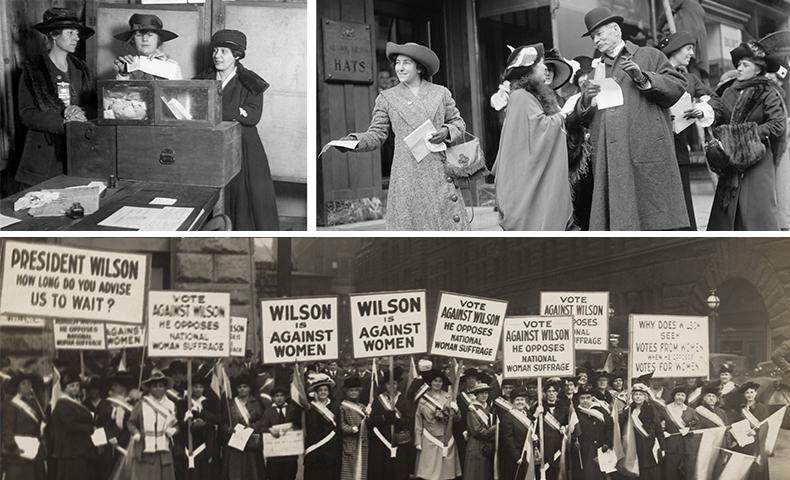The Power of Paper: A Driving Force for Political Change

Aug. 18, 2020, marked the 100th anniversary of the ratification of the 19th Amendment to the U.S. Constitution, which granted women the right to vote. It took women’s suffrage activists nearly 100 years to win that right, and the campaign wasn’t easy. But like other movements to create social and political change, it could not have been done without paper.
Paper played an essential role in getting the amendment written and passed. First, there was the original newspaper ad announcing the first women’s rights convention. Countless leaflets, letters, newspaper clippings and other documents later, there was The History of Women’s Suffrage. Scholars have stayed busy over the last century telling the story of a journey to create social and political change that has benefitted generations of women — and set the stage for future movements to ensure all Americans have the right to vote.
Political Change Still Depends on Paper
“Paper has been such a large part of all political movements and election campaigns,” says Domtar’s Paper Advocacy Manager Tammy Tufty. “Even today, with easily accessible online campaigns and social media advertisements, paper is ever-present. From posters and pamphlets to direct mail, people rely heavily on paper to communicate their ideas, beliefs and messages.”
In 2018, the USPS commissioned a survey to explore voter attitudes and beliefs about the efficacy and authenticity of different forms of political outreach. The survey showed 68 percent of people believed direct mail was one of the most credible forms of political outreach — even more credible than TV commercials or other digital advertisements.
Debora Haskel is vice president of marketing and corporate communications for IWCO Direct, a leader in direct mail marketing. She says her firm has seen the same results in its research.
“Direct mail matters even more than it did in the days before the internet,” says Haskel. “This is important because print establishes a presence that might not exist otherwise. Evidence shows that direct mail matters because it enhances the performance of an omnichannel marketing campaign across all channels. In a segmented campaign, targets who don’t receive direct mail are less likely to respond to other channels.”
With the coronavirus pandemic continuing to share headlines with a presidential election, we’re still telling America’s story. It’s being written and printed on paper as people seek to effect social and political change. This year, the ongoing argument for paper-based voting trails and mail-in ballots has taken on new significance. There are massive debates on how to handle a USPS on the brink of collapse, just weeks ahead of a tsunami of mail-in ballots that will need sorting and processing.
There’s no question that history classes will cover the political movements and campaigns of 2020; it will be the subject of countless history books — all printed on paper for the next generation to read.

